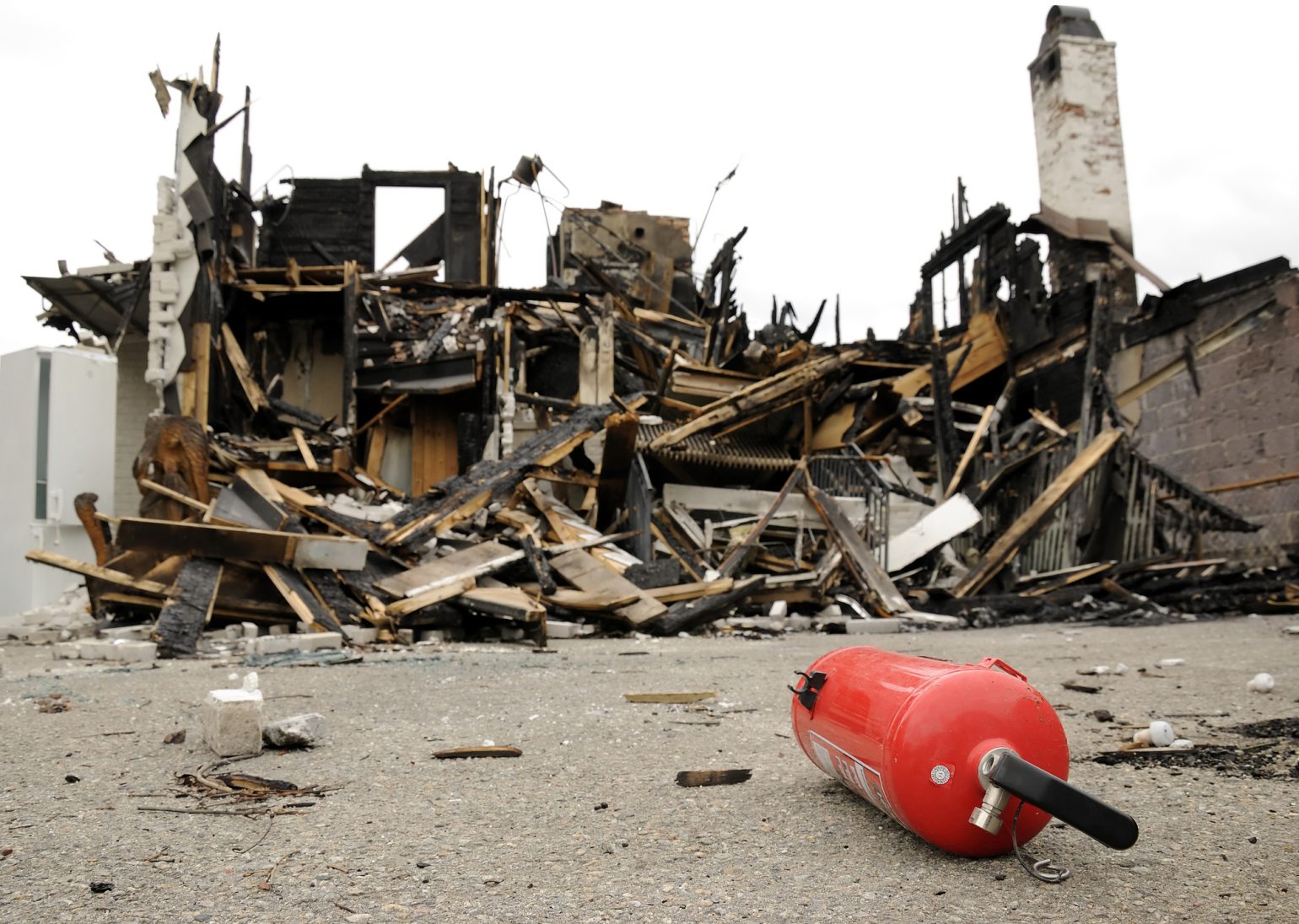Focus of the Month: Fire Prevention
Workplace fires injure many workers each year. Between 2011 and 2015, more than 9,400 employees were injured by occupational fires according to data from the Bureau of Labor Statistics. Their injuries lead to untold tumult, disrupting their lives and their families. Even in those fortunate cases where no one is injured, the property damage caused by fire can be enough to bankrupt many businesses. The National Fire Protection Association estimates that fires cost industrial and manufacturing employers alone over $1 billion in property damages each year; when the costs for lost business and shutdowns is factored in, we can easily understand why so many businesses shut their doors forever following a significant fire.
Therefore, fire prevention plans, procedures, and training are vital for employee safety, and for the long-term viability of any business. If your company doesn’t have a fire prevention plan in place, you should review this article on prioritizing fire protection in the workplace.
Even with a quality fire prevention plan in place, a fire starting remains a very real hazard, so portable fire extinguishers play a vital role in many fire prevention plans. OSHA requires that employers do more than just provide extinguishers though. They must be placed where employees can easily and safely access them in case of emergency, and must be readily identifiable.
Requirements for selecting and distributing portable fire extinguishers
Portable fire extinguishers are not a one-size-fits-all tool. The company must provide ones that are appropriate for the types of anticipated fires. Water or carbon dioxide based extinguishers would both be appropriate for wood fueled fires; however, water would cause an intense explosion if used on sodium or potassium. Selecting the correct portable fire extinguisher for the anticipated fire is an essential component of the fire prevention plan.
Placement of extinguishers is also important. OSHA defines maximum travel distances to portable fire extinguishers based on the fire class.
Requirements for Inspecting, Maintaining, and Testing Portable Fire Extinguishers
Damaged and drained extinguishers do more harm than good. An employee who relies on one to extinguish a fire is much more likely to be injured. To prevent this from happening, extinguishers must be visually inspected monthly, including their hoses. OSHA standards don’t specifically require that these inspections be documented; however, some employers have had a hard time proving that monthly inspections occurred without it. It’s a good idea to document the visual inspection on the extinguisher’s tag, just to be safe.
Annual maintenance checks are also required. These must be documented, and the record kept for one year after the last entry or the life of the shell.
Dry chemical extinguishers that require hydrostatic testing every 12 years, must be emptied and maintained every six years. Non-refillable, disposable containers are exempt from this requirement.
Hydrostatic testing is required based on the intervals on Table 1, unless the extinguisher has been damaged or repaired, and must be re-tested. All hydrostatic testing must be documented with the date of the test, signature of the person performing the test, and the serial number or unique identifier of the extinguisher that was tested. Documentation must be kept until the next hydrostatic testing, or until the extinguisher is removed from service.
Requirements for Training and Educating Employees
If fire extinguishers are provided for employee use, then employers must provide an educational program to familiarize them with the general principles of fire extinguisher use and the hazards of fighting incipient stage fires. That training must emphasize that extinguishers cannot be used for large fires. Employees must be educated on fire extinguisher use when they are first hired, and re-educated annually.
If your emergency action plan designates employees to use firefighting equipment, they must be trained when they are first designated, and re-trained annually.
It should be evident that fire prevention requires careful planning and preparation. An employee armed with a portable fire extinguisher can stop a fire in its incipient stage before it becomes a catastrophic conflagration – as long as employers do their part to educate employees and inspect, maintain, and test the fire extinguishers.








